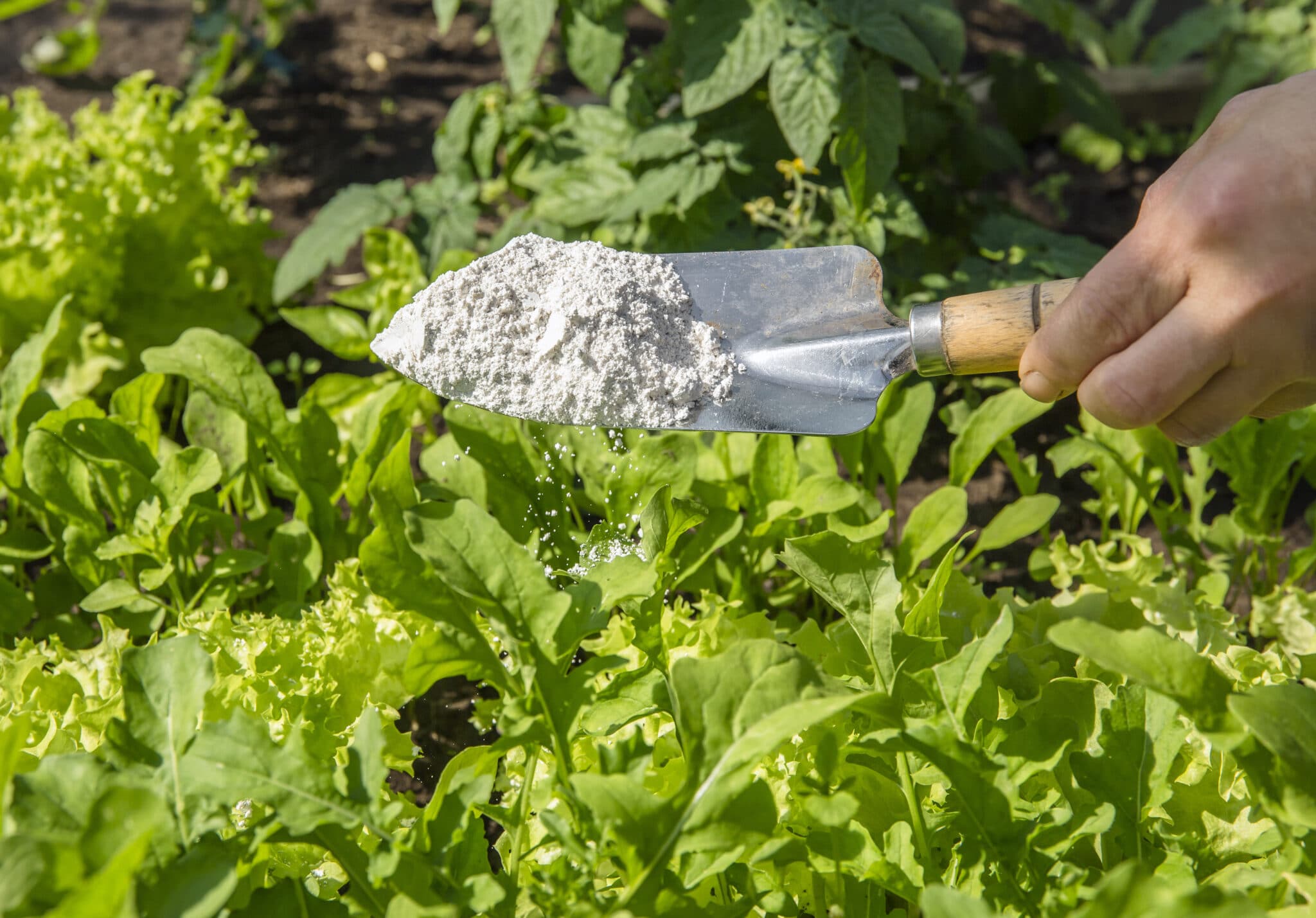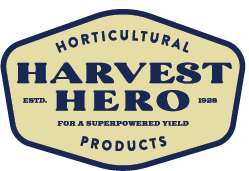The Key to Successful Growing: Diatomaceous Earth Silica for Plants

Silicon dioxide, also known as silica, is comprised of two of the earth’s most abundant elements: silicon (Si) and oxygen (O2). Silica in diatomaceous earth is known by growers as an important part of soil or soilless media mixes to help plants grow stronger and more robust. Recently, the Association of American Plant Food Control Officials (AAPFCO) acknowledged silicon dioxide as a Beneficial Substance and published an approved method for testing soluble silicon. It’s important for growers to focus not only on total silica content but the plant’s available or soluble silicon content that can be taken up by the plant’s root system. Let’s take a look at the importance of soluble silicon and how to use diatomaceous earth silica for plant growth.
The Importance of Plant Available Silica
Soluble Silicon is translocated to the plant’s cell wall through the roots of a plant. Silica is proven to increase tolerance to abiotic and biotic plant stressors and acts as a carrier in the facilitation, delivery, and retention of essential nutrients such as Phosphorus (P) and Potassium (K). Harvest Hero’s Diatomaceous Earth is highly porous and absorbent, promoting increased porosity in the soil matrix while positively influencing water conservation. Some plant stressors silica might help to mitigate are:
- Drought
- Waterlogging
Sources of Silicon-rich minerals are abundantly available, yet researchers have found it’s the type of silicon that is converted into the plant available form that counts most. One of the most important things to know when choosing your silica source is that not all products containing silicon provide plant-available silica. For example, sand, pumice, perlite, vermiculite, and rockwool are technically silicon materials, but the silicon is hardly available to plants and they won’t offer many benefits.
There isn’t a single way to determine the best soil mix for plant health and crop production. For this reason, it’s important to look at the right fertilizer and substance ingredients for plant health while keeping an eye on secondary effects such as irrigation, and aeration. Some sources of silica include:
- Standard soil: Start with what you have available in your backyard! The total elemental analysis of typical mineral soil is about 28% silicon and 47% oxygen. The majority of this silicon is bonded with oxygen and other elements in the crystalline fabric of mineral soil.
- Diatomaceous Earth: Diatomaceous earth, also known as diatomite and DE, is the naturally occurring fossilized remains of diatoms—single-celled aquatic algae. It is a near-pure sedimentary deposit consisting almost entirely of silica.
- Wollastonite: A naturally occurring mineral, wollastonite offers a high source of soluble silicon while neutralizing soil acidity similar to lime. Similar to diatomaceous earth, research has proven wollastonite delivers levels of secondary nutrients such as calcium while suppressing plant stressors such as powdery mildew.
Diatomaceous Earth Silica for Plants
Diatomaceous earth contains amorphous silicon dioxide, which has metal oxides that can be absorbed in the root system and translocated into the cell wall. The silica content of diatomaceous earth is absorbed into plant tissue and helps improve plant structure to fend off plants’ stress. Diatomaceous earth offers secondary micronutrients critical for plant growth such as Ca, Mg, or Fe, which can be absorbed by the plant’s root system and translocated to the cell wall.
Using Diatomaceous Earth in Horticultural and Greenhouse Applications:
Diatomaceous earth improves the retention of moisture in potting mix, soil, and sandy soil by holding a greater amount of fluid and drying at a slower rate. The addition of diatomaceous earth to soil can increase drought resistance, which is particularly beneficial when added to the sand of golf putting greens. Plus, it aids in reducing salinity, promotes a neutral pH, adds matrix to the soil, and improves soil quality. Below is a list of common – and more sophisticated – diatomaceous earth agricultural and horticultural applications to help you become a Harvest Hero.
- Spray and Soil Drenching: Add diatomaceous earth to clear, warm water and agitate well until the product forms a milky solution. Spray plants using a small handheld sprayer, heavy-duty pump, or backpack sprayer until mixture drips from leaf and stem surfaces. The mixture should appear as a white hue on plant surfaces when the application is correct.
- Potting and Garden Soils: Add diatomaceous earth into your soil before transplanting your favorite plants and herbs. As a silica source, this incorporation helps facilitate the transfer and retention of nutrients to the plants’ cell walls.
- Turf Grass: Apply diatomaceous earth with a drop spreader on the grass surface early in the morning when dew is present. Water lawn surface well to incorporate into the soil profile. Apply as the seasons change to supply thick, lush turf grass which withstands heavy foot traffic.
- Drip Tape: Add diatomaceous earth to warm water, stir well, and set your injector system. Diatomaceous Earth will deliver silica for your plants’ requirements for the cropping cycle.
- Hydroponic Systems: Add diatomaceous earth into the irrigation routine as a source of supplemental nutrition. Add this mixture weekly throughout the growing season. This mixture keeps irrigation water from acidifying and protects roots from pH changes.
- Sunscreen for Greenhouse Membranes: Mix and prepare a mixture of diatomaceous earth and water for greenhouse covering. Apply to the interior surface of the greenhouse using a pump-style backpack sprayer, or pump-style hand sprayer, being sure to cover all interior surfaces which allow the transmission of sunlight. This application will reduce sunlight by diffusion and reducing internal greenhouse temperatures and eliminating shadows.
Diatomaceous Earth is a Key Part of Harvest Hero’s Enhanced Perlite Mix
The innovative Enhanced Perlite Mix features a unique, proprietary blend of perlite, diatomaceous earth, and essential nutrients that support vegetative growth for a variety of plants. This one of a kind mix is renowned for:
- Optimizing soil conditions for plant growth and vigor.
- Increasing oxygen levels in the soil.
- Increasing the soil’s ability to drain excess water.
- Eliminating soil compaction.
- Maintaining soil pH levels.
- Supplying essential nutrients throughout vegetative growth.
- Improving soil nutrient conditions for better flower development, stronger plants, and increased yields.
Become a Harvest Hero
See the difference Harvest Hero Enhanced Perlite Mix makes with the incorporation of diatomaceous earth, a great solution for home and commercial growers alike who want the support of a perfectly portioned mix and no guesswork!



